Mastering Foreign Grain Beetle Control: Expert Strategies for Removal
Foreign grain beetles (Odoia synaphe) are persistent pests that infiltrate homes and commercial spac…….
Introduction
Grain storage and protection are critical components of the agricultural industry, ensuring that grains remain safe for consumption and free from pests such as foreign grain beetles. The removal of these invasive insects is not just a matter of food safety but also an economic and environmental imperative. In this article, we will delve into the multifaceted approach known as “Foreign Grain Beetle Removal,” exploring its methodologies, global impact, economic implications, technological advancements, policy frameworks, and future prospects. Readers will gain a comprehensive understanding of this essential practice and its role in safeguarding global grain supplies.
Understanding Foreign Grain Beetles Removal
“Foreign Grain Beetle Removal” refers to the processes and techniques employed to eradicate or manage infestations of foreign grain beetles (FGB), which include species like the rusty grain beetle, merchant grain beetle, and the saw-toothed grain beetle. These pests can compromise the quality and safety of stored grains, leading to significant economic losses and potential health risks. The removal process involves a combination of sanitation, monitoring, biological control, and chemical or mechanical interventions.
Historically, FGB removal strategies have evolved from reliance on chemical insecticides to more integrated approaches that include physical and biological controls. These advancements reflect a broader shift towards sustainable practices in pest management. The significance of FGB removal lies in its ability to protect grain quality, prevent post-harvest losses, ensure food safety, and maintain the stability of agricultural markets.
Global Impact and Trends
The global impact of foreign grain beetles is profound, with infestations reported in over 50 countries. The economic cost of FGB infestations is staggering, estimated to be in the billions annually. The impact varies by region, with some areas more susceptible to infestations due to climate conditions and storage practices.
Key trends shaping the trajectory of FGB removal include the development of resistance to traditional pesticides, the need for environmentally sustainable practices, and the increasing importance of digital technologies in monitoring and management. In response, there is a growing emphasis on biological control using natural predators and the implementation of Integrated Pest Management (IPM) systems.
Economic Considerations
The economic aspects of FGB removal are multifaceted. Market dynamics are influenced by the prevalence of infestations, which can affect trade relations and international grain prices. Investment in research and development for new control methods can lead to significant returns by reducing losses and improving storage capacity.
FGB removal is integral to economic systems, particularly in developing countries where a large portion of the population relies on stored grains for sustenance. Effective management not only protects food security but also supports local economies by preserving the value of grain crops.
Technological Advancements
Technological advancements have significantly impacted FGB removal, with innovations ranging from improved detection methods to automated storage systems. The development of advanced sensor technologies allows for real-time monitoring of grain storage conditions, facilitating early intervention before infestations become widespread.
Machine learning algorithms are being employed to analyze data collected from monitoring systems, predicting potential outbreaks and optimizing control measures. Future technological advancements may include the use of autonomous robots for physical removal and genetically modified crops with built-in pest resistance.
Policy and Regulation
The governance of FGB removal is complex, involving a patchwork of national and international regulations, standards, and guidelines. Policies aim to harmonize control measures while ensuring food safety and trade compliance. The International Plant Protection Convention (IPPC) provides a framework for the phytosanitary measures necessary to protect against the introduction and spread of pests like FGB.
Legislative efforts focus on the responsible use of pesticides, the promotion of IPM, and the harmonization of standards to facilitate international trade. Compliance with these regulations is critical for operators in the grain storage industry.
Challenges and Criticisms
FGB removal faces several challenges, including the development of pesticide resistance, the cost of implementing control measures, and the need for widespread educational programs to improve awareness and compliance. Critics argue that some chemical controls are harmful to the environment and human health, prompting a shift towards more sustainable alternatives.
To address these issues, stakeholders are investing in research to develop new biological and mechanical control methods, promoting farmer education, and advocating for policies that balance economic and environmental considerations. The adoption of IPM strategies is key to overcoming these challenges and achieving long-term sustainability in FGB management.
Case Studies
Several case studies illustrate the successful application of FGB removal techniques:
These case studies demonstrate the effectiveness of tailored approaches to FGB removal and the potential for similar strategies to be adopted globally.
Conclusion
The removal of foreign grain beetles is a critical component of global food security, economic stability, and sustainable agriculture. Through a combination of technological innovation, policy guidance, and integrated pest management practices, we can address the challenges posed by these pests. The ongoing collaboration between researchers, policymakers, and industry stakeholders will continue to refine FGB removal strategies, ensuring the protection of stored grains worldwide.
FAQs
What are foreign grain beetles (FGB)?
Foreign grain beetles encompass a group of insects that infest stored grain, including species like the rusty grain beetle and merchant grain beetle.
How do FGB affect global agriculture?
FGB can cause significant pre-harvest and post-harvest losses, compromising food safety, quality, and security, as well as impacting local and international trade.
What are the main challenges in controlling FGB?
The main challenges include developing resistance to pesticides, the cost of control measures, and ensuring compliance with sustainable practices.
What role do international regulations play in FGB management?
International regulations, such as those from the IPPC, provide a framework for phytosanitary measures that help prevent the introduction and spread of pests like FGB.
How can technology assist in FGB removal?
Advanced sensor technologies, machine learning algorithms, autonomous robots, and genetically modified crops are examples of technological innovations assisting in FGB removal.
What is Integrated Pest Management (IPM)?
IPM is an effective and environmentally sensitive approach to pest control that uses a combination of common-sense practices, natural science insights, and a minimum of pesticides. It emphasizes monitoring, maintaining, and controlling pest populations at levels that do not cause economic injury to crops or pose health risks to humans and beneficial organisms.
Why is public education important in FGB management?
Public education is crucial for raising awareness about the importance of FGB control, promoting sustainable practices, and ensuring compliance with regulations to protect food safety and reduce the environmental impact of pest management.
What are some examples of biological control methods?
Biological control methods include the introduction or conservation of natural enemies that prey upon or parasitize foreign grain beetles, as well as the use of microbial pathogens or insect growth regulators to manage populations.
How do international trade relations relate to FGB management?
International trade relations are affected by FGB infestations because they can lead to phytosanitary barriers and restrictions on grain exports, impacting market access and global trade dynamics.
What is the future outlook for FGB removal?
The outlook for FGB removal is positive, with ongoing research and development in sustainable technologies and integrated pest management strategies that are expected to enhance control measures and reduce the economic and environmental impact of these pests.
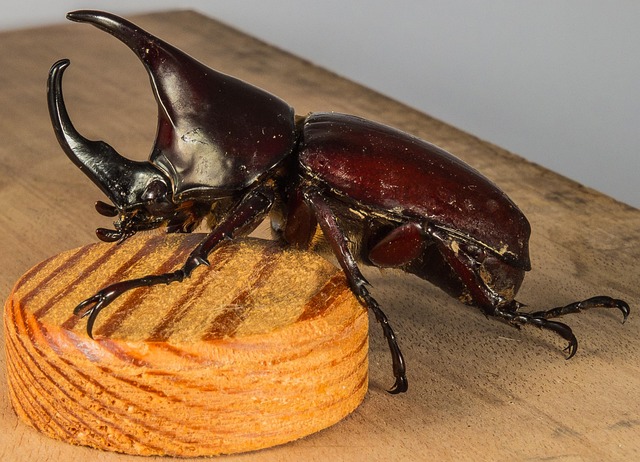
Foreign grain beetles (Odoia synaphe) are persistent pests that infiltrate homes and commercial spac…….

Foreign grain beetles, attracted to dark, moist environments and small cracks, can swiftly infest gr…….

Foreign grain beetles, tiny but destructive pests, infiltrate homes and businesses through cracks, i…….
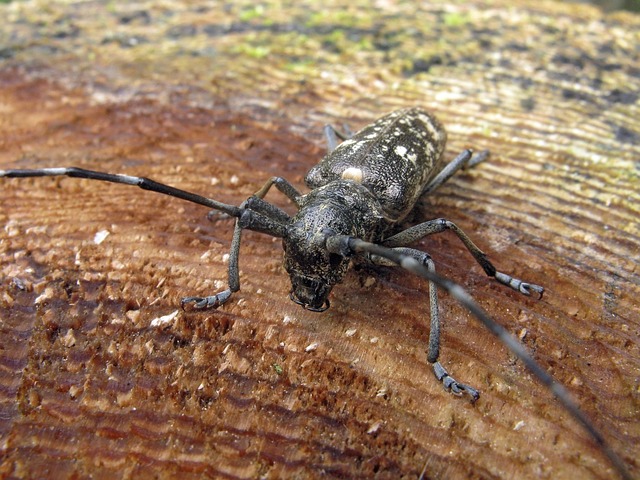
Foreign grain beetles, measuring 1-3 mm, pose a significant threat to stored grains and foods due to…….

Foreign grain beetles pose significant threats to stored grains and food products, leading to econom…….
Foreign grain beetles, common household pests, cause significant damage to stored grains and food. T…….
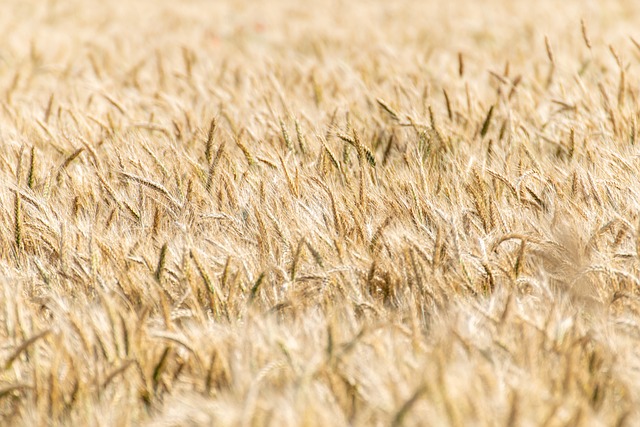
Foreign grain beetles, persistent pests capable of infesting stored food items, require professional…….

Foreign grain beetles (bean weevils) are tiny yet destructive pests that infiltrate homes and busine…….
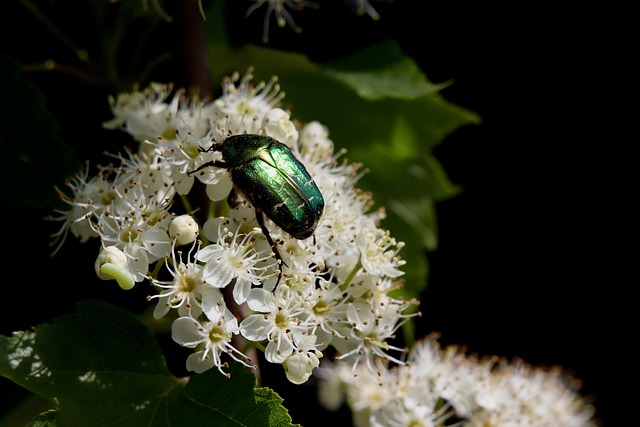
Foreign grain beetles, a common household and commercial pest, cause significant damage to stored gr…….
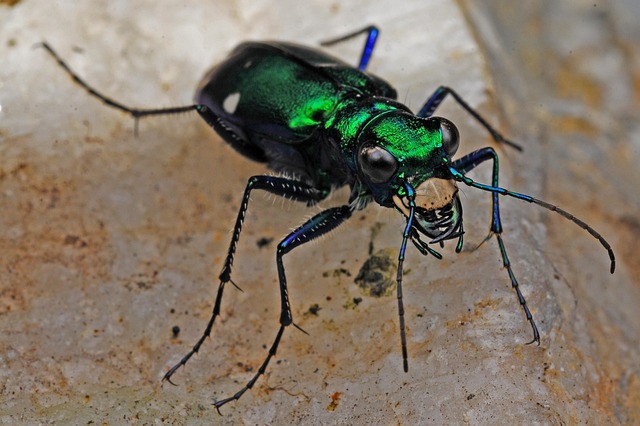
Foreign grain beetles, introduced through imported goods or construction materials, pose a significa…….